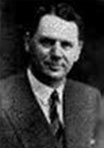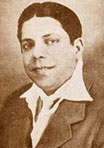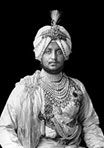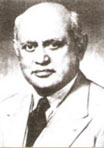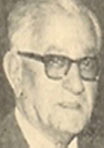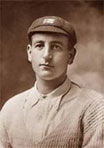
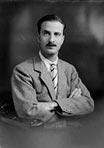
Lord Brabourne
The Brabourne stadium and indeed the very inception of CCI, would have been unlikely without the support of the then Governor of Bombay Lord Brabourne. He granted land for the construction of the stadium at preferential rates and took a keen personal interest in its making. However, soon after the start of the project, he had to leave the city to assume his new role as Governor of Bengal and was therefore unable to be present at the inauguration of the stadium. Unfortunately, Lord Brabourne died suddenly in 1939 and did not get an opportunity to see the completion of the project so dear to him.
